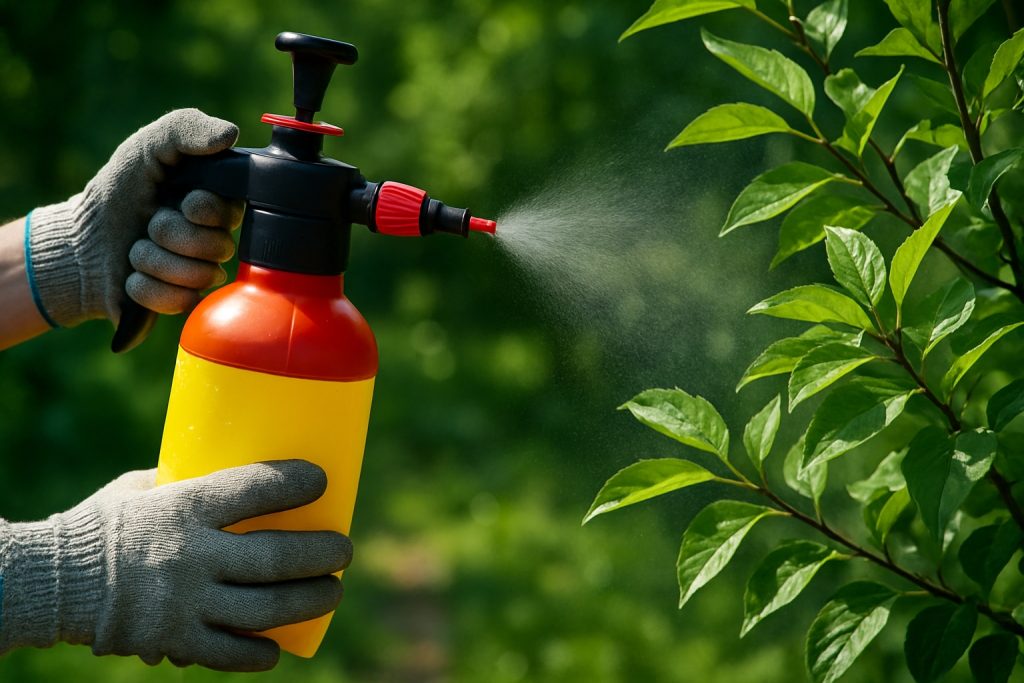Tree Disease Treatment in Greenbriar at Thornbury, PA
Nestled in the gently forested landscapes of Greenbriar at Thornbury, your trees are more than property features—they are foundational to your home’s charm, privacy, and natural harmony. Yet even the most vibrant tree can quietly suffer beneath the surface. If you’ve noticed peeling bark, premature leaf drop, thinning canopies, or strange fungal growth, you could be witnessing the early stages of disease. Timely, professional intervention isn’t a luxury—it’s essential. When caught early, most tree diseases are not only treatable, but fully reversible. Delaying care, however, can allow disease to spread—weakening structural integrity, attracting invasive pests, and risking the loss of surrounding greenery. In Greenbriar at Thornbury, where native trees and mature plantings enrich the neighborhood, safeguarding your landscape demands expertise and urgency.
Understanding What Threatens Your Trees
Every region comes with its own ecological challenges, and the climate in this part of Pennsylvania creates the perfect conditions for certain fungal pathogens and pest infestations to thrive. The humid summers and shaded woodlots of Greenbriar at Thornbury often harbor issues like anthracnose, oak wilt, root rot, and verticillium wilt—each with its own unique signature and severity. Insects like scale, emerald ash borer, and bark beetles further compound these threats by attacking already vulnerable trees.
The key to stopping these diseases lies in precision diagnostics. Tree health issues rarely announce themselves loudly at first. Instead, they manifest through small changes: leaf discoloration, branch dieback, reduced leaf size, or fungal fruiting bodies at the base. Without intervention, these minor symptoms can rapidly evolve into irreversible damage.
What to Expect During a Tree Disease Evaluation
When you reach out for tree disease treatment, the process begins with a thorough site visit. Our certified arborists don’t just glance at surface symptoms—they conduct full canopy-to-root assessments. Using specialized equipment, they check for signs of internal decay, evaluate soil conditions, and assess how environmental stressors—like compacted soil, drainage problems, or construction damage—might be contributing to tree decline.
After this analysis, you’ll receive a clear, customized treatment strategy. Depending on the disease, recommendations may include targeted trunk injections, organic soil amendments, anti-fungal applications, pruning of infected limbs, or root zone revitalization. Every step is designed to not only treat the existing issue but to restore your tree’s long-term vigor and immunity.
Proactive Tree Health Tips for Greenbriar Homeowners
While some tree diseases occur despite the best care, many can be prevented through simple, consistent maintenance. If you live in Greenbriar at Thornbury, consider the following:
-
Avoid overwatering: Fungal pathogens like phytophthora thrive in overly saturated soil. Ensure proper drainage around your trees, especially during rainy months.
-
Mulch with care: While mulch retains moisture, piling it against the trunk can lead to decay. Keep mulch a few inches away from the base.
-
Regular pruning: Strategic pruning improves airflow and light penetration, reducing the humidity that fuels fungal growth.
-
Schedule inspections: An annual arborist visit can catch silent issues before they become crises. Think of it as a check-up for your trees.
Being attentive to seasonal changes and remaining vigilant about new growth patterns can be your first line of defense. In neighborhoods like Greenbriar, where mature landscapes are a source of community pride, prevention truly is the best medicine.
The Long-Term Impact of Effective Tree Treatment
A tree restored from disease doesn’t just regain its health—it resumes its role in your environment. It shades your home, filters your air, adds property value, and contributes to the quiet elegance of your landscape. Treatment isn’t just reactive—it’s a reinvestment in the long-term beauty and safety of your outdoor space.
With successful intervention, many diseased trees can rebound within a single growing season, displaying new foliage, increased vigor, and improved resistance to future stress. That kind of recovery isn’t accidental—it requires targeted care, professional-grade treatments, and a deep understanding of local ecosystems.
Now Is the Time to Take Action
If your trees are showing signs of stress, or you simply want peace of mind that your landscape is healthy and protected, now is the time to act. Don’t wait for visible decay or storm damage to force your hand. The sooner disease is caught, the more effective and affordable treatment becomes.
Reach out today to schedule your expert evaluation. Whether by phone or through our simple online form, securing your preferred booking date is easy—and taking this step now can mean decades of beauty, shade, and vitality ahead. Let’s work together to protect what makes Greenbriar at Thornbury so naturally remarkable—starting with your trees.


